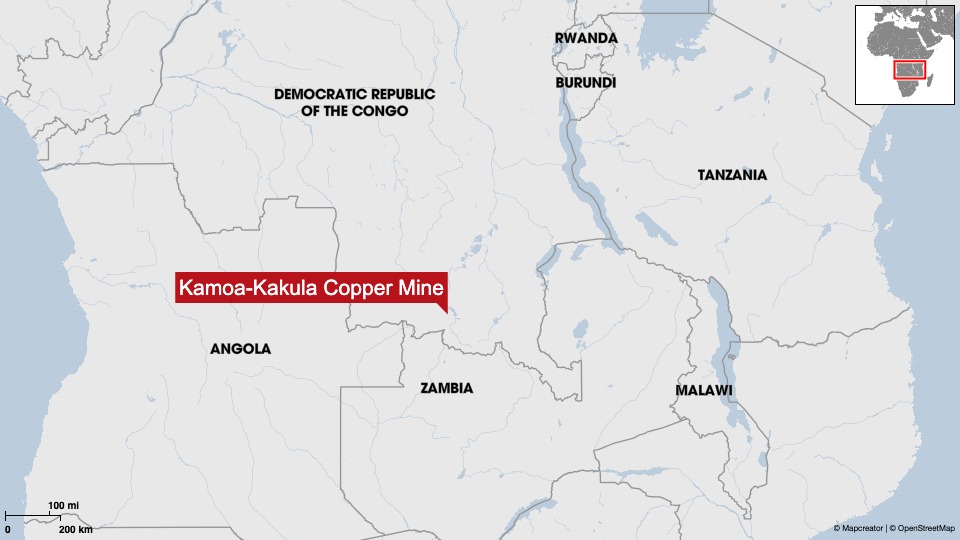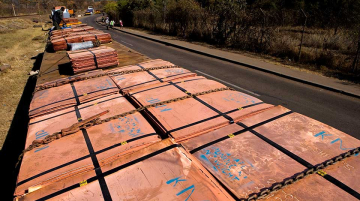
The Democratic Republic of Congo’s Kamoa-Kakula copper mine, co-owned by China’s Zijin Mining and Canada’s Ivanhoe Mines, is at the center of a dispute following seismic activity that has temporarily halted underground operations.
Zijin Mining reported multiple instances of roof falls and wall crumbling in the eastern section of the Kakula mine, raising concerns about structural integrity. The company warned that these issues might adversely impact the 2025 production target of 520,000 to 580,000 metric tons.
In contrast, Ivanhoe Mines disputed Zijin’s assessment, stating that preliminary investigations indicated that seismic activity had caused a redistribution of forces underground, leading to minor rock falls from sidewalls, rather than significant structural failures. The company emphasized that there was no evidence of collapsing stopes or structural pillars.
Operations at the Kakula underground mine were temporarily suspended on May 20 to assess the situation. Repair efforts are currently underway to restore damaged cables and pipework supporting the underground pumping infrastructure.
Ivanhoe Mines has reaffirmed its annual copper production guidance of 520,000 to 580,000 tonnes, stating that any adjustments to this forecast will be determined after a thorough investigation is completed.
The Kamoa-Kakula complex, located near Kolwezi in the DRC’s southern Katanga province, is one of the world’s largest copper mines. In 2024, the mine produced 437,000 tonnes of copper concentrate.
The disagreement between Zijin and Ivanhoe highlights the challenges of operating in the DRC’s mining sector, where infrastructure issues and seismic activity can impact production and investor confidence.









